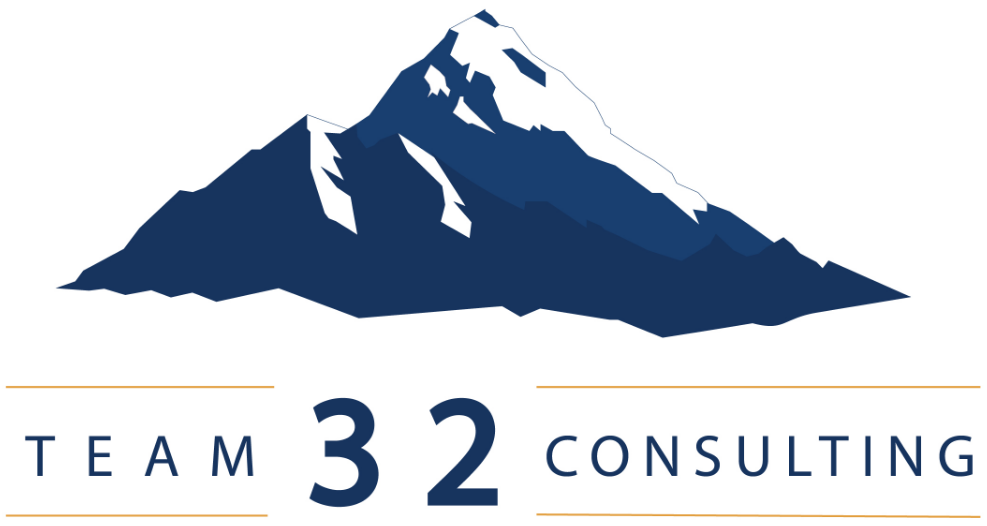
As we enter the 2024 hurricane season, the focus on continuity planning has become essential for every business, from coastal Florida to the mountainous regions of North Carolina and Tennessee. While much attention is often placed on areas historically vulnerable to hurricanes, the impact of destructive weather extends far beyond the coastline. This year, the severe effects of Hurricane Helene served as a powerful reminder of the reach of these storms, leaving business leaders across the nation questioning their preparedness.
Expanding Hurricane Preparedness Beyond Florida
Florida businesses are well-known for having comprehensive hurricane response plans. These strategies, crafted over years of experience, have provided frameworks for managing and recovering from storms. However, hurricanes and severe weather patterns are increasingly reaching inland areas that haven’t traditionally been at risk. The recent devastation in North Carolina and Tennessee underscores the need for businesses in these areas to adopt similarly robust continuity plans tailored to their unique challenges.
Unprepared for Disaster: A Wake-Up Call for the C-Suite
This season, as Hurricane Helene battered the Blue Ridge mountain region, many C-suite executives found themselves facing questions they hadn’t fully addressed. How does leadership continuity function when basic infrastructure is impacted? Does the leadership team have a tested plan in place? And perhaps most importantly: if a severe weather event disrupts operations, will the business be able to keep running?
These questions don’t just impact individual businesses; they influence entire communities that rely on local firms for stability, economic growth, and employment. The devastation hurricanes bring doesn’t discriminate; it affects the personal lives of employees and the operational capacity of leadership teams alike.

Building a Continuity Plan that Works
For executives in regions not traditionally prone to hurricanes, a sound continuity plan may be unfamiliar territory. But as this season has shown, preparedness is no longer optional. Here are key steps for creating and maintaining an actionable continuity plan:
- Tailor Plans for Local Needs: Each region has unique vulnerabilities. Mountain areas, for example, may experience blocked roads, power outages, and communication breakdowns that differ from coastal regions. Crafting a continuity plan that addresses these specific risks can make a world of difference.
- Include Leadership Continuity: A continuity plan shouldn’t just focus on operational details; it must also account for leadership’s ability to manage remotely or from alternative locations. This helps ensure that decision-making isn’t disrupted, no matter the situation on the ground.
- Operational Testing: A written continuity plan is a good start, but without regular testing, it’s merely hypothetical. Executives should aim to rehearse their response plans periodically, ideally under simulated conditions. Testing these plans helps reveal weaknesses, allows for adjustments, and ensures everyone is clear on their roles during a crisis.
- Employee and Community Communication: Clear communication channels with employees, stakeholders, and the local community can minimize confusion and stabilize morale. The C-suite should lead efforts to maintain transparency, demonstrating that the company is not only prepared but also proactive in keeping people informed.
Rehearse, Refine, Repeat: Keeping Plans Current
A continuity plan is never “done.” It requires regular review and updating to account for changes in the business, new risks, and emerging best practices. Regular rehearsals of continuity strategies help build confidence across the leadership team and increase the likelihood that the business can continue operating smoothly even in the face of major disruptions.
Final Thoughts
While hurricane preparedness has been a mainstay for businesses in certain states, the expanding impact of severe weather is a wake-up call for the C-suite nationwide. Continuity planning is a critical part of leadership, and ensuring that executives can guide their teams and companies through challenges is essential for long-term resilience.
In 2024 and beyond, let’s make sure our businesses are not only prepared for the expected but equipped to adapt to the unexpected. A simple, well-executed continuity plan gives confidence, stability, and ultimately, the ability to lead effectively through even the most difficult weather challenges.
